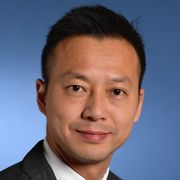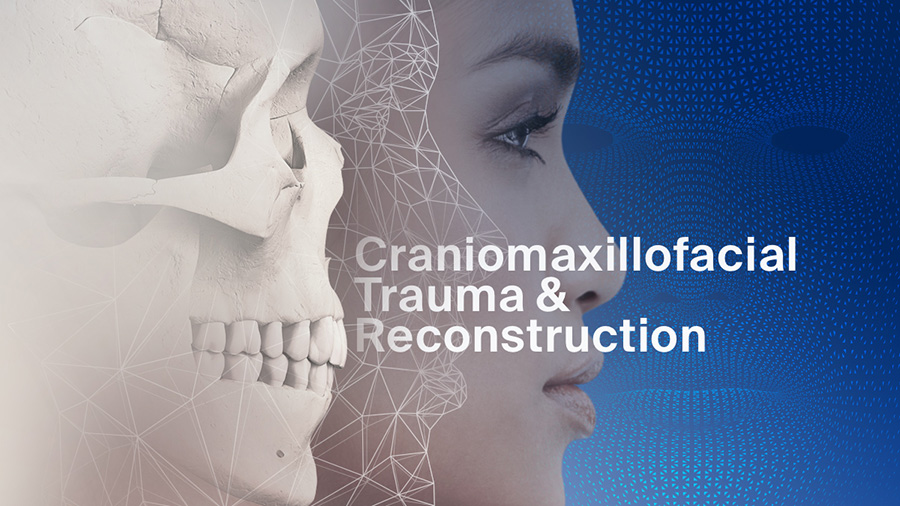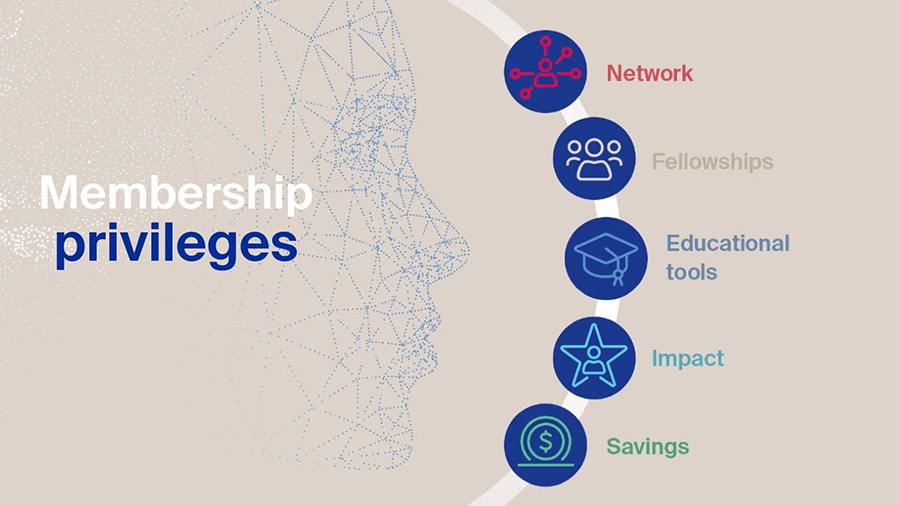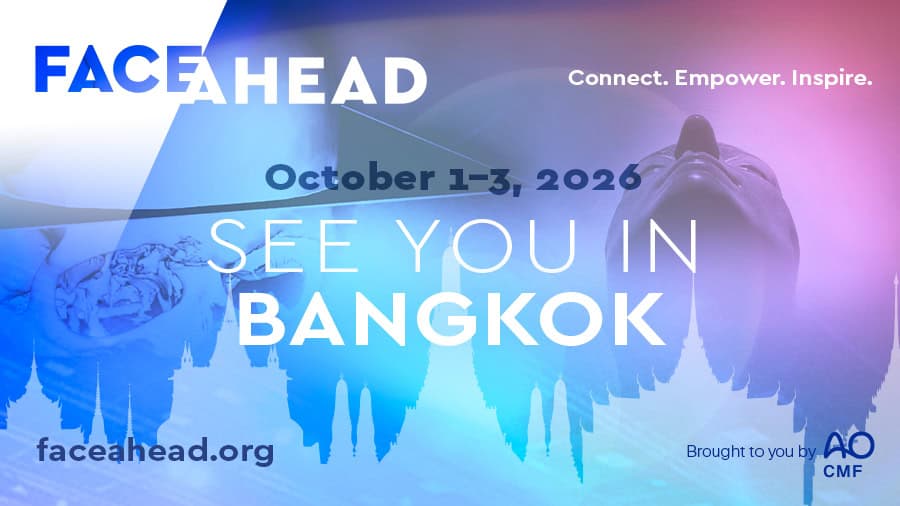Why you should publish in Craniomaxillofacial Trauma & Reconstruction: insights from the editors
BY KATHLEEN FAN, MIKE Y. Y. LEUNG, AND FLORIAN THIERINGER, CMTR EDITORS-IN-CHIEF
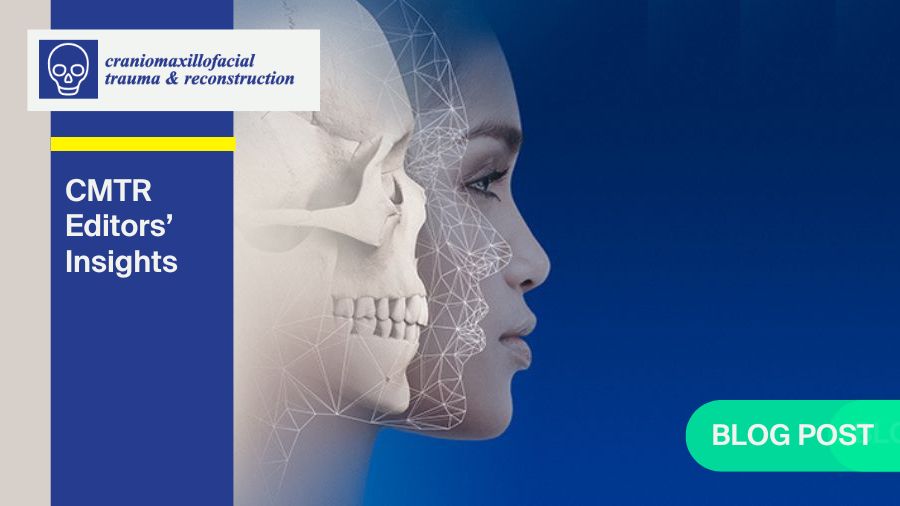
Even the most innovative research with groundbreaking results would be of little use if nobody had the chance to find out about it. That is one of the reasons researchers should consider publishing their work in a scientific journal. However, becoming a published author in the academic world can be a daunting prospect, especially for researchers who are still in the early stages of their careers. Here, the editorial team of Craniomaxillofacial Trauma & Reconstruction (CMTR), the official scientific publication of AO CMF, introduces their journal and shares valuable tips and information relevant to anyone who has ever considered submitting an article to a scientific journal.
Craniomaxillofacial Trauma & Reconstruction (CMTR) is a peer-reviewed journal with a pronounced multi-disciplinary scope dedicated to the study and treatment of craniomaxillofacial conditions. Apart from diagnosis, operative and non-operative treatment options, and surgical techniques, we also emphasize emerging research, evidence-based therapy, and clinical developments worldwide.
Regular editions of CMTR are published four times per year. Most manuscripts we accept for publication are original research articles, literature reviews or systematic reviews. To a lesser degree, we also publish technical notes, consensus statements, and letters to the editor. The manuscripts we feature are pertinent to all specialties in the wide field of craniomaxillofacial surgery. This includes oral and maxillofacial surgery, otolaryngology (ENT)/head and neck surgery, plastic surgery, ophthalmology/oculoplastic surgery, and facial trauma surgery.
Topics that work well in scientific publishing
Our most popular articles—those with the highest numbers of views and citations—will usually combine original thinking with a high relevance to the field. Articles by prominent figures in the field sharing knowledge on specific topics, which, on occasion, we will publish as part of special issues, are also likely to do well. Classifications, guidelines, and consensus papers also often prove very popular. And, of course, the hot topics of the moment will always find readers. Here you can find our most cited and viewed articles.
Our viewing numbers have consistently increased over the past few years: in 2020, we had just over 24,000 views and downloads. That number went up to almost 28,000 in 2021, breaking the 30,000-mark in 2022.
We received an impact factor for the first time in mid-2023, which currently stands at 0.9. We realize that it is not huge, but we see it as a starting point to build on. Indeed, increasing our impact factor is one of the targets that we want to work on together with any authors who intend to publish. CMTR will join the subject rankings in 2024. The journal is indexed in PubMed Central (PMC) and Emerging Sources Citation Index (ESCI), as well as EBSCO, EMBASE, and ProQuest. CMTR is also a member of the Committee on Publication Ethics.
Potent support network with AO CMF
One of the main features by which CMTR distinguishes itself from other journals in the field is the close relationship it has with AO CMF. The network is the largest global community of clinicians and researchers from various specialties related to facial surgery.
We are a very strong group of experts in the head and neck region who all share a certain amount of knowledge and understanding. We have different specialties, but we all work on similar problems and diseases. As a result, we have excellent opportunities for networking and exchanging expertise. So, unlike other journals that only focus on singular specialties, we cater to and benefit from a much more diverse group, which is unique.
Having the support of the AO means that we can benefit from this fantastic and huge international platform in different ways: experts contribute to the journal not just by submitting articles but also by acting as reviewers or by taking care of the different sub-topics covered by CMTR.
You will reach a diverse audience
Regarding the readership we aim for, we hope to appeal to a wide network of academics, researchers, and experienced surgeons. Our mission is to provide an integrated and balanced view of the current clinical science in craniomaxillofacial surgery and to promote excellence in facial surgery, so we want to reach practitioners from all craniomaxillofacial surgery specialties.
Perhaps not surprisingly, the same is true in terms of our potential authors: we are interested in any contribution or submission that will shed new light on our discipline from different perspectives. As we outlined before, our network is firmly rooted in the academic world, and the journal is a great platform for the community to interact and exchange views and expertise.
A prime example are new guidelines and classifications. The AO has a strong track record in this regard, and through CMTR, authors can better promote their findings and results and make them more accessible to our community, which in turn can benefit from new insights.
Why surgeons should do research
Surgical journals such as CMTR are faced with a peculiar challenge: As surgeons, when we read something interesting, we will very much take note, and we will also likely incorporate it into our surgical routines. However, because we are often so busy, we are much less likely to cite or quote from any articles. Surgical journals are known to have lower impact factors because of this.
That is one of the reasons why we want to encourage more surgeons to not just engage in research but also to publish their results. We realize this is easier said than done—most of us spend a lot of time in the operating theater. We tend to be very hands-on because our main goal, after all, is to provide treatment and care to our patients.
Still, if you have an idea for a research project and a corresponding paper or article, please consider going through with it—and give submitting it to CMTR a thought, too. Our focus is on high-quality papers and innovative research focusing on, for example, technological advances. In return, we offer you a strong, international readership of experts in craniomaxillofacial trauma and reconstruction.
In case you are still at the beginning of your career, or you are unfamiliar with publishing for any other reason, let us assure you: publishing is not just useful, it is also a lot of fun. Much of the clinical research we feature is practically oriented and highly relevant to issues we come up against every day in our professional lives. The attitude is very much: "We have a problem? Let us solve it!"
Indeed, doing research as a means of solving a problem one has come up against oneself is hugely satisfying and interesting. As an author, helping others solve the same problem by doing so is on a whole other level. After all, surgeons and other physicians enjoy sharing knowledge as much as other scientists—it is part of why we like to teach, and it is certainly among the main motivators for many of our authors to submit to our journal.
Tips for preparing for your research
Something that we recommend to anyone with an interest in publishing, and indeed research, is to make reading and investigating a habit early on. After all, the first step of any research project will usually be meticulous literature research on the topic in question. This allows you to form ideas and think more specifically about how to formulate a research question or approach a research project, which can lead to a publication in the end.
In a way, it is a game of spotting the gap. Do not try to reinvent the wheel—it makes much more sense to identify an under-investigated aspect of a larger issue that may otherwise be well-researched already. There is a lot of literature available nowadays, and with the possibilities afforded by online research, it is easier than ever to find the right articles. If you familiarize yourself with what is out there and what has been researched already, it will be much easier to identify areas where more research could be needed.
Also, keep in mind that you are probably not going to become an expert in a specific topic to achieve a singular publication. The other way around is likely: at the beginning of your career, in the first third, you look around, you come across topics that suit you, and you structure your ideas. Then, once you have settled on something, that will be the topic that you keep working on for the next ten, twenty, or even thirty years and that you are likely to publish.
Accessing the AO's network can be a very interesting option in this regard, too. It will, for instance, allow you to identify colleagues who have already researched a specific area. You can get in contact with them, get tips and recommendations, and learn from the experiences of experts to help you find a topic that you would like to cover. Who knows, you can even team up for a project.
How to stay motivated
For many of us, the personal motivation for the research we undertake comes out of clinical questions we encounter in our daily work. One of the advantages is that this way, you can directly translate the focus of your research into your clinical practice afterwards. Of course, many researchers focus on more basic research that is not necessarily directly translatable or where clinical applications are much further in the future. But the motivation for many clinicians, for example, clinical investigators, is that they encounter a clinical question they decide to research.
The prospect of directly benefitting from one's research in this way can also be a big help in staying motivated, especially when things sometimes do not go as smoothly as you may hope. For instance, your initial findings may be insufficient, you may require more work than originally planned, or you may struggle in general. In those cases, it can be very helpful to remind yourself that you are working towards a concrete clinical application.
This is also one of the arguments for working in an interdisciplinary setup. It can prevent time and resources from being spent on developing solutions for non-existing problems. Sometimes, researchers will approach clinicians with something they have found that could be very exciting. And then, on closer inspection, there is no clinical application, or it is impossible to translate.
Avoid the common rejection reasons
There are several reasons why CMTR may reject submissions. A major one, of course, is quality—if a submission does not meet scientific standards, it will be rejected. To improve the journal standing, we are privileged to have a very strong network of some very famous people in the field as reviewers and on our editorial board who all want to make sure that the scientific standard. However, this can be checked without going too deep into the review process. For instance, form, language, and grammar must meet academic standards as a clear prerequisite.
Another very important aspect is clinical relevance. Instead of doing something simply for the reason of science, we need submissions that apply to our patients and will make a change. We will, therefore, only consider topics that match the general focus of the journal. If something is completely off-topic, it makes no sense to submit it to us.
We reject immediately—and even discuss banning authors altogether—when we encounter plagiarism. We use software that checks submitted papers in advance and flags portions of text or larger paragraphs that have been copied. We also sometimes receive articles that have already been published elsewhere and that are submitted to us with slight adaptations. Even if it involves different languages, that is also something that we will not accept, and it is something that we can find out with the software. We cannot be clear enough: plagiarism will not be tolerated.
Beware of predators
A phenomenon of which especially inexperienced authors should be aware is predatory publishing. Under the pretense of adhering to the open-access mode of publishing, some journals try to exploit authors by offering to publish their work for a fee. However, they do not follow proper academic standards. For instance, predatory journals do not provide peer-review processes or editing services.
What makes it especially challenging is that predatory publishers can be very assertive. As soon as you publish something, you suddenly find yourself flooded by requests. Some of us receive dozens of emails every day from predatory journals inviting us to write or review articles. It makes it difficult to discriminate between good and bad, especially for younger authors with limited experience.
As a tip to younger authors to protect themselves against predatory journals, we recommend treating everything with a healthy dose of skepticism. For instance, always check which publisher is behind the journals you encounter—the bigger ones usually do not have predatory journals. Also, check the website of the journal itself. Things may seem very polished at first, but sometimes, when you click around a little, you will see that things are amiss: often, the information will be very broad in focus, and there will not be a lot of transparency. In other cases, journals will have titles very close to those of better-known, more reputable publications, and it is easy to get confused. Always invest a few minutes to investigate the offers you receive, which can sometimes seem very attractive.
Of course, predatory publishing also challenges us as editors of a serious journal. Modes of financial sustainability in the traditional academic world have changed dramatically in recent years. We have to embrace that change. For instance, CMTR is aiming to go for open access. But naturally, we also have to think about money. However, instead of following the trend or competing with more aggressive journals, we strive to keep academic standards and clinical relevance as our primary goals by ensuring our papers are scientifically solid and provide good insights and evidence to the community.
Final tips and practical information
If you are a researcher or clinician with a serious ambition to contribute to excellence in craniomaxillofacial surgery and reconstruction, we look forward to hearing from you. To wrap things up, here is some information we recommend you familiarize yourself with if you are considering any submission.
Before submitting original work to us for publication in CMTR, please read carefully through our Instructions for Authors to ensure your submission fulfils all the necessary formal requirements. Once you have ensured that your work does indeed comply with all listed requirements, you can submit your work via the journal's site.
Once your research has appeared in a journal such as CMTR (congratulations!), then will likely want to direct as many readers towards it as possible. The blog post: How to maximize the impact of your work compiles a list of things you can do to achieve just that.
Finally, we would like to let you know about the AO CMF membership privileges, which includes attractive Article Processing Fees for the CMTR journal.
If you are unsure whether a journal or a publisher you come across can be considered predatory, take a look at Beall's List of potential predatory scholarly open‑access publishers and stand-alone journals.
About the authors
Professor Mike Y.Y. Leung, BDS HK, MDS HK, MOSRCS Edin, FHKAM (DS) FCDSHK (OMS), PhD HK, is a Clinical Professor and Postgraduate Program Director in Oral and Maxillofacial Surgery, Faculty of Dentistry, The University of Hong Kong. He also serves as the Assistant Dean (External Relations) of the faculty. He is the President of the Hong Kong Association of Oral and Maxillofacial Surgeons. Internationally, he serves as the Asia Pacific Representative in the AO CMF Education Commission. He is also the President Elect of the Asian Association of Oral and Maxillofacial Surgeons. As an academic surgeon, Leung has been recognized for his research in orthognathic surgery, and the prevention and management of trigeminal nerve injury. He has been among the Top 2% World’s Most Cited Scientists by Stanford University for 2021, 2022, and 2023.
Professor Kathleen Fan, MB BS, BDS, FDSRCS Eng, FRCS Ed CSiG, FRCS OMFS PhD, is a leading Consultant Oral & Maxillofacial Surgeon based at King's College Hospital and King's College London, University of London. Fan is a well-respected surgeon nationally and internationally, and the first dual (medical and dental) qualified professor in oral & maxillofacial surgery in the UK. She holds several high-profile positions within her specialty nationally and internationally. Her priority is to ensure the best care for her patients.
You might also be interested in:
AO PEER
The AO Program for Education and Excellence in Research (AO PEER) is a knowledge platform especially designed for health care professionals who want to learn and improve their clinical research skills.
AO CMF journals and publications
Explore the variety of journals and publication offered by AO CMF as a free access resource, or as a member benefit, including Craniomaxillofacial Trauma & Reconstruction, the official scientific publication of AO CMF.
AO CMF membership
AO CMF members publish in CMTR for free. Membership will also position you to make the right decisions in the operating room and place you in an influential global network of a wide range of expertise.
FACE AHEAD
Whether you are a surgeon starting your career or an experienced professional, AO CMF’s flagship bi-annual two-day event will deliver. Packed with discussions, keynotes, and networking with professionals pursuing excellence in the OR.

